Home>Interior Design>Pantry Storage Ideas: 10 Ways To Keep Your Pantry Organized
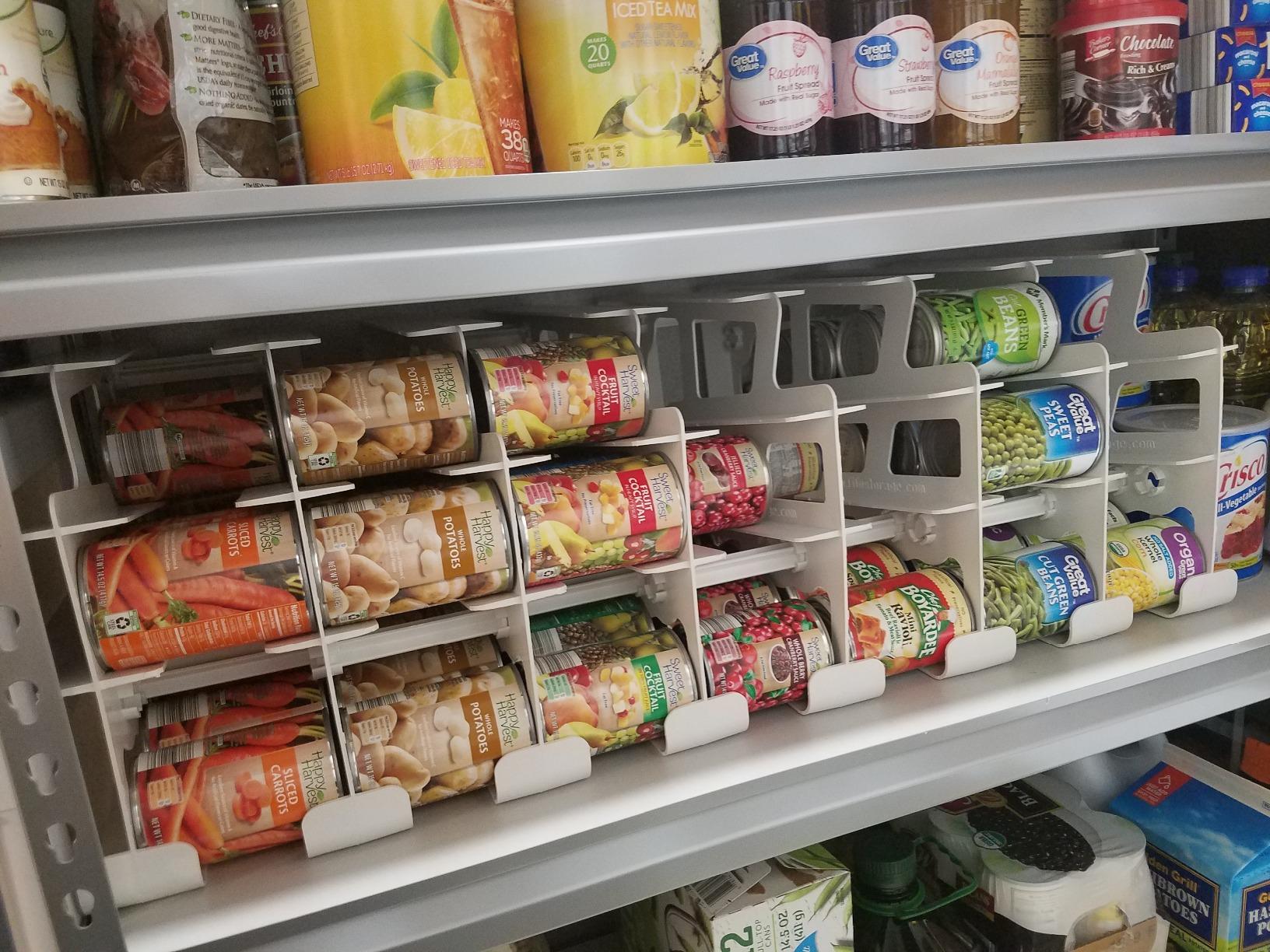

Interior Design
Pantry Storage Ideas: 10 Ways To Keep Your Pantry Organized
Modified: January 6, 2024
Looking for interior design ideas to keep your pantry organized and clutter-free? Check out these 10 pantry storage ideas for a functional and stylish space.
(Many of the links in this article redirect to a specific reviewed product. Your purchase of these products through affiliate links helps to generate commission for Storables.com, at no extra cost. Learn more)
Introduction
Welcome to the world of interior design! If you’re passionate about creating beautiful and functional spaces, then you know that organization plays a crucial role in achieving that goal. And one area of the home that often requires extra attention when it comes to organization is the pantry. A well-organized pantry not only makes your life easier but also adds a touch of sophistication to your kitchen.
In this article, we will explore ten brilliant pantry storage ideas to help you keep your pantry neat, tidy, and visually appealing. Whether you have a small cabinet pantry or a walk-in pantry, these tips and tricks will help you maximize your space and create a well-organized system for storing your pantry essentials.
So, let’s dive in and discover the secrets to a beautifully organized pantry!
Key Takeaways:
- Transform your pantry into an organized haven with these 10 brilliant storage ideas. From clear containers to lazy susans, make meal prep a breeze and add a touch of sophistication to your kitchen.
- Maximize vertical space, utilize door space, and label everything for a well-organized pantry that saves time and reduces food waste. Embrace the power of labels and enjoy the ease and convenience they bring to your pantry routine.
Categorize Items
When it comes to pantry organization, categorizing your items is absolutely essential. By grouping similar items together, you can easily locate what you need and avoid the frustration of searching through a cluttered pantry. Start by taking everything out of your pantry and sorting them into categories such as grains, canned goods, spices, snacks, and baking supplies.
Once you have categorized your items, consider using clear storage containers or bins to keep everything organized. These containers not only keep your items visible but also help protect them from spills and pests. Use a label maker or printable labels to clearly mark each container, making it easy to find what you’re looking for at a glance.
In addition to using containers, consider investing in stackable storage solutions. These save valuable shelf space and keep your pantry looking neat and tidy. Stackable bins are perfect for storing smaller items like snacks or packets, while larger containers can hold larger items like cereal boxes or pasta bags.
Another effective way to categorize your items is by using shelf dividers. These can be easily inserted onto your pantry shelves to create separate sections for different categories. Shelf dividers not only help keep your items organized but also prevent them from toppling over.
Categorizing your pantry items is not only practical but also visually appealing. It creates a sense of order and harmony in your pantry, making it a pleasure to open the doors and see everything neatly arranged. Spend some time planning and organizing your items, and you’ll be amazed at how much smoother your pantry experience becomes.
Use Clear Containers
Clear containers are a game-changer when it comes to pantry organization. Not only do they create a clean and streamlined look, but they also offer several practical benefits. Using clear containers allows you to easily see what’s inside without having to rummage through a cupboard or pantry shelf. This makes it a breeze to locate items and prevent them from getting lost in the depths of your pantry.
Investing in a set of high-quality clear containers is a wise decision. Look for containers that are made from durable materials such as BPA-free plastic or glass. Plastic containers are lightweight and less prone to breakage, while glass containers offer a more elegant and eco-friendly option.
When selecting containers, consider the different sizes and shapes you’ll need to accommodate a variety of pantry items. Tall and slender containers work well for storing spaghetti noodles, while square or rectangular containers are ideal for storing cereal or flour. Don’t forget to include a few smaller containers for spices or loose tea leaves.
In addition to keeping your pantry organized, clear containers help to extend the shelf life of your pantry staples. They create an airtight seal, keeping your food fresh and free from pests. Bulk items like rice, pasta, and grains can be transferred from their original packaging into clear containers, which not only saves space but also ensures that you use them before their expiration date.
To take your clear container organization to the next level, consider labeling each container. This helps to further streamline the process and ensures that everything is returned to its proper place. You can use adhesive labels, label makers, or even write directly onto the container using erasable markers.
Using clear containers not only adds a touch of elegance to your pantry but also transforms it into a functional and efficient space. Say goodbye to messy bags and crumpled boxes, and hello to a beautifully organized pantry that is a pleasure to use.
Utilize Shelf Dividers
Shelf dividers are a fantastic tool for maximizing the use of your pantry space. These simple yet effective accessories help to create separate sections and prevent items from toppling over or getting lost in the back of your pantry shelves.
Shelf dividers can be made of various materials such as wire, plastic, or acrylic. Choose dividers that are sturdy and adjustable, allowing you to customize the spacing based on the size of your items. They are typically designed to be easily inserted onto the shelves, creating instant partitions.
Using shelf dividers is especially beneficial when storing items that are prone to tipping or falling, such as baking sheets, cutting boards, or even lids for containers. By creating designated spaces with dividers, you can keep these items upright and easily accessible.
Another clever way to utilize shelf dividers is to create a section specifically for storing cutting boards or baking trays vertically. Instead of having them stacked one on top of the other, position them side by side with the help of dividers. This not only saves space but also allows you to easily grab the one you need without having to lift and shift multiple items.
Furthermore, shelf dividers can be used to create dedicated sections for different types of canned goods or spices. Group similar items together and use dividers to separate the sections. This ensures that everything is orderly and easy to find, eliminating the frustration of searching through a jumbled mess.
One important tip when using shelf dividers is to adjust them as needed. As you add or remove items from your pantry, you may need to rearrange the dividers to accommodate the changes. This flexibility allows you to constantly optimize your pantry space for maximum efficiency.
Incorporating shelf dividers into your pantry organization not only adds structure and order but also saves you time and frustration when looking for specific items. Say goodbye to cluttered shelves and hello to a well-organized pantry that is both functional and visually appealing.
Install Spice Racks
Spices are an essential part of any kitchen, but they can quickly become a source of disorganization if not properly stored. Enter spice racks—your secret weapon for keeping your spices neat, accessible, and beautifully displayed.
There are several types of spice racks available, ranging from wall-mounted options to pull-out drawers and countertop spice organizers. Choose the one that suits your space and personal preference. Wall-mounted spice racks are great for maximizing vertical storage, while pull-out drawers or countertop organizers are convenient if you have limited wall space.
When installing spice racks, consider the location. Ideally, it should be easily accessible, preferably near your cooking area. This way, you can quickly reach for and replace spices while preparing meals.
Organize your spices in a way that makes sense to you. Some people prefer arranging them alphabetically, while others group them by cuisine or usage frequency. Whatever system you choose, consistency and visibility are key. Use uniform spice jars or containers to create a cohesive and aesthetically pleasing look.
If you have a large collection of spices, it may be beneficial to label them for easy identification. Labels can be as simple as handwritten stickers or professional printed labels. This eliminates the guesswork when selecting the right spice, saving you time and ensuring your dishes are seasoned to perfection.
Spice racks not only keep your spices organized but also extend their shelf life. By storing them in a cool, dry place away from direct sunlight, you ensure that they maintain their flavor and potency. Plus, having a dedicated spice rack prevents your spices from getting lost in the depths of your pantry, saving you from buying duplicates or outdated spices.
Don’t forget to periodically check your spices for freshness. Over time, spices lose their flavor and aroma, so it’s important to replace them if they no longer pack a punch. By keeping your spice rack organized, you’ll have a clear view of what needs replenishing.
Installing a spice rack is a simple yet effective pantry storage solution that adds both functionality and beauty to your kitchen. Say goodbye to rummaging through messy spice jars and hello to a well-organized spice collection that brings joy and simplicity to your cooking routine.
Label Everything
Labeling is a crucial step in pantry organization that can make a world of difference in maintaining an orderly and efficient space. Clear and consistent labels help you quickly identify items, locate what you need, and ensure that everything is returned to its proper place.
Start by investing in a label maker or printable labels that suit your style. Choose a font and size that is easy to read, and consider using color-coded labels for different categories or sections in your pantry.
Begin labeling your storage containers, bins, and jars. Labeling each item not only adds a touch of visual appeal but also eliminates any confusion about what is inside. This is especially helpful for items that you may not easily recognize at a glance, such as different types of flour or grains.
In addition to labeling individual containers, consider labeling shelves or sections to further enhance organization. This is particularly useful when you have multiple shelves or zones dedicated to specific items. For example, you can label one shelf as “Baking Essentials” and another as “Canned Goods” to create clear distinctions.
When labeling, be as specific as possible. Include the name of the item and, if necessary, additional details such as expiration dates or cooking instructions. This level of detail ensures that you have all the information you need right at your fingertips.
Labeling is not only practical but also visually appealing. Neat and uniform labels add a sense of sophistication to your pantry and create a cohesive look. They bring a sense of order and make your pantry feel like a well-curated space.
Lastly, maintain your labeled system by regularly checking and updating labels. As items are used or replaced, make sure the labels are accurate and reflect what is currently stored in each container or section. This ensures that your pantry organization remains functional and efficient over time.
Labeling everything in your pantry is a simple yet transformative step in achieving a well-organized and visually appealing space. Embrace the power of labels and enjoy the ease and convenience they bring to your pantry routine.
Use clear containers to store dry goods like rice, pasta, and cereal in your pantry. This makes it easy to see what you have and keeps everything organized.
Maximize Door Space
When it comes to pantry organization, don’t overlook the valuable real estate on the inside of your pantry doors. This often underutilized space can provide additional storage solutions and help maximize the functionality of your pantry.
One option for utilizing door space is to install a door-mounted organizer or rack. These come in various sizes and configurations and are perfect for holding items like spices, condiments, or small packets. Door-mounted organizers typically feature adjustable shelves or pockets, allowing you to customize the storage to fit your needs.
Another clever use of door space is to mount a corkboard or whiteboard on the inside of the pantry door. This can serve as a convenient place to jot down grocery lists, meal plans, or recipes. Having these items easily visible and accessible saves you from having to search for scraps of paper or dig through drawers when you need them.
If your pantry door is sturdy enough, you can also install hooks or hanging organizers to hold items like aprons, oven mitts, or reusable grocery bags. This keeps these essentials within reach and frees up valuable shelf or drawer space in your kitchen.
Consider utilizing the backside of the door as well. Hanging an over-the-door shoe organizer with clear pockets is a clever solution for storing smaller pantry items such as snack bars, small cans, or individual spice packets. This not only keeps these items neatly displayed but also prevents them from getting lost or buried in your pantry.
Utilizing door space is particularly helpful in small kitchen spaces where every square inch counts. Whether you have a walk-in pantry or a compact cabinet pantry, taking advantage of the door space adds an extra layer of organization and storage options.
Remember to regularly assess and declutter the items on your pantry door to ensure that only the essentials are stored there. Too much clutter can make the door difficult to open or close and detract from the overall organization of your pantry.
Don’t let the door space in your pantry go to waste. Harness its potential and transform it into an efficient and functional storage area that complements the rest of your pantry organization.
Hang Snack Baskets
Snacks are a beloved part of any pantry, but they can often create clutter and take up valuable shelf space. To keep your snacks organized and easily accessible, consider hanging snack baskets in your pantry.
Hanging snack baskets are a creative and efficient solution for storing various types of snacks. They can be hung from a rod or shelf using hooks, or you can utilize the door space by attaching them to the inside of your pantry door.
When choosing snack baskets, opt for ones with open fronts or mesh openings. This allows you to easily see the contents of each basket without having to open them. Plastic or wire baskets work well for this purpose as they are lightweight and easy to clean.
Categorize your snacks and assign each basket to a specific category. You can have separate baskets for chips, cookies, granola bars, or other snack items. This not only makes it easier to find what you’re looking for but also keeps your snacks organized and prevents them from getting crushed or forgotten in the back of your pantry.
For added convenience, consider labeling each snack basket. You can use adhesive labels, chalkboard tags, or even small decorative signs to indicate the contents of the basket. This helps everyone in the household locate their favorite snack quickly and avoids any mix-ups.
When it comes to hanging the snack baskets, you have several options. If you have a walk-in pantry, you can install a rod across one of the walls and hang the baskets from S-hooks. Another option is to use a tension rod and hang the baskets from it. If you prefer utilizing door space, attach the baskets to the inside of your pantry door using adhesive hooks or screws.
Hanging snack baskets not only keep your pantry organized but also create an appealing visual display. The baskets add a touch of charm and personality to your pantry while freeing up valuable shelf space for other pantry essentials.
Regularly check and restock your snack baskets to ensure that you always have a variety of options on hand. This makes it easier to grab a quick snack or pack lunchboxes for busy days.
By incorporating hanging snack baskets into your pantry organization, you can transform your pantry into an efficient and enjoyable snacking hub.
Use Lazy Susans
Lazy Susans are a brilliant and convenient storage solution for maximizing space and accessibility in your pantry. These rotating trays allow you to easily access items that would otherwise be difficult to reach, making them a game-changer for pantry organization.
Lazy Susans are available in various sizes and materials, including plastic, wood, or metal. Choose ones that fit your pantry shelves and complement your overall design aesthetic.
To make the most of Lazy Susans, use them for storing items that are typically shoved to the back or tend to get lost in the depths of your pantry. This includes condiments, oils, vinegars, or other frequently used pantry essentials.
Place your Lazy Susan on a shelf and organize the items onto it in a way that maximizes space and visibility. Group similar items together and adjust the placement accordingly. For example, you can have one Lazy Susan designated for baking supplies, another for spices, and a third for cooking oils and sauces.
The beauty of using Lazy Susans is that with a simple spin, you can easily access items at the back of the tray without having to shuffle and rearrange everything. This saves you time and frustration, and ensures that items are used and rotated more efficiently.
In addition to shelf-mounted Lazy Susans, you can also utilize them in corner cabinets or deep drawers. These areas often suffer from poor accessibility, but a Lazy Susan can make those hard-to-reach corners more accessible and functional.
Lazy Susans are not limited to just storing small items. They can also be used to hold larger items like snack bags, boxed food, or bulkier pantry essentials. This is particularly useful if you have limited shelf space and need to utilize vertical storage.
Remember to periodically clean and declutter your Lazy Susans to ensure a clutter-free and organized pantry. Remove expired items, wipe down the surfaces, and readjust the placement of items as needed.
Using Lazy Susans in your pantry not only optimizes space but also makes your pantry more visually appealing and efficient. Say goodbye to digging around for items and hello to a well-organized pantry that is a pleasure to use.
Store Bulk Items Properly
Buying in bulk can be a cost-effective and convenient way to stock up on pantry staples. However, storing bulk items can present a challenge if not done properly. To ensure the longevity and organization of your bulk purchases, follow these tips on how to store them effectively in your pantry.
First and foremost, it’s important to transfer bulk items into airtight containers. This helps to maintain freshness, preserve flavors, and protect against pests. Whether it’s rice, pasta, flour, or beans, transferring them into sealed containers is a must.
Choose containers that are made from sturdy materials such as plastic or glass, with secure lids that create a tight seal. Opt for clear containers so you can easily see the contents and monitor the quantity left. Label each container with the name and date of the item to keep track of freshness.
When storing bulk items, consider their shelf life and storage requirements. For example, flour and nuts should be stored in a cool, dark place to prevent spoilage. On the other hand, canned goods can be stored at room temperature but should be rotated to ensure you use the oldest ones first.
Utilize vertical storage by investing in stackable storage solutions. Stackable bins or shelves allow you to maximize the use of space and create a neat and organized system for storing your bulk items. Make sure to label each bin or shelf to easily identify the contents.
Consider the weight of bulk items and their impact on the structural integrity of your pantry shelves. If you have a walk-in pantry with sturdy shelving, you can store heavier bulk items on the lower shelves. However, if you have cabinet-style pantry shelves, it’s best to distribute the weight evenly and store heavier items on lower shelves to prevent accidents.
Take advantage of the vertical space on the back of your pantry door by installing over-the-door storage racks or hooks. These can be used to hang pantry essentials such as bags of rice or snacks, keeping them easily accessible and freeing up shelf space.
Regularly assess your bulk inventory and rotate items as needed. Prioritize using older items first to ensure freshness. Keep track of expiration dates and use-by dates to avoid any waste.
Properly storing your bulk items not only keeps your pantry organized but also saves you money and reduces food waste. With a well-organized bulk storage system, you can confidently buy in bulk without the worry of items going bad or taking up unnecessary space in your pantry.
Optimize Vertical Space
When it comes to pantry organization, maximizing vertical space is key. With proper planning and utilization of vertical storage, you can significantly increase the storage capacity of your pantry and create a more functional and organized space.
Here are several strategies to optimize vertical space in your pantry:
1. Install adjustable shelves: Consider installing adjustable shelves in your pantry to accommodate items of different heights. This allows you to customize the space based on the size of your items and prevents wasted vertical space.
2. Use stackable storage containers: Stackable storage containers are a game-changer for vertical space optimization. These containers allow you to efficiently utilize vertical space by stacking them on top of each other. Choose containers that are sturdy and have secure lids to prevent any spillage or accidents.
3. Utilize hanging shelves or baskets: Hanging shelves or baskets can be a great solution for maximizing vertical space. These can be hung from the pantry shelves or on the inside of the pantry door. Use them to store smaller items or to create additional storage space for items that would otherwise take up valuable shelf space.
4. Invest in pantry organizers: There are a wide variety of pantry organizer systems available that are specifically designed to maximize vertical storage. These systems often include vertical dividers, racks, or pull-out drawers that can be installed in your pantry. They create separate compartments and utilize the vertical space effectively.
5. Install a pegboard: Consider installing a pegboard on the back wall of your pantry to hang items such as measuring cups, utensils, or small pots and pans. This not only optimizes vertical space but also keeps frequently used items within easy reach.
6. Use risers or step shelves: Risers or step shelves are perfect for creating multiple levels within your pantry. Use them to elevate items at the back of the shelf, making them more visible and accessible. They are particularly useful for organizing canned goods or jars.
7. Hang a pot rack: If you have a walk-in pantry with a high ceiling, consider installing a pot rack. This not only frees up cabinet space in your kitchen but also allows you to store large pots and pans vertically, saving valuable shelf space in your pantry.
8. Store infrequently used items higher up: Reserve the higher shelves of your pantry for items that you don’t use on a daily basis. This includes items like specialty baking pans, seasonal ingredients, or entertaining supplies. By storing these items higher up, you can prioritize the most accessible shelf space for frequently used items.
By applying these strategies, you can effectively optimize the vertical space in your pantry, making the most of every inch and creating a more organized and functional storage area.
Conclusion
A well-organized pantry is the key to a functional and visually appealing kitchen. By implementing the ten pantry storage ideas discussed in this article, you can transform your pantry into a well-oiled machine that makes meal preparation and grocery shopping a breeze.
From categorizing items and using clear containers to utilizing shelf dividers and maximizing door space, each tip offers a practical and effective solution for pantry organization. Whether you have a small cabinet pantry or a spacious walk-in pantry, these strategies can be tailored to suit your specific needs and space constraints.
By implementing clear labeling, incorporating lazy susans, and optimizing vertical space, you can make the most of your pantry and ensure that items are easily accessible, visible, and properly stored. These simple yet impactful changes will save you time, reduce food waste, and make cooking and meal planning a more enjoyable experience.
Remember, organizing your pantry is an ongoing process. Regularly declutter, clean, and reassess your pantry to maintain its functionality and efficiency. Keep track of expiry dates and replenish items as needed to ensure everything stays fresh and in its rightful place.
So, roll up your sleeves, put on some music, and get started on transforming your pantry into an organized haven. The rewards of a well-organized pantry extend beyond the kitchen; they bring a sense of calm, simplicity, and beauty to your entire home.
With these pantry storage ideas as your guide, you are well-equipped to create a pantry that not only impresses your guests but also makes your daily life easier. Happy organizing!
Frequently Asked Questions about Pantry Storage Ideas: 10 Ways To Keep Your Pantry Organized
Was this page helpful?
At Storables.com, we guarantee accurate and reliable information. Our content, validated by Expert Board Contributors, is crafted following stringent Editorial Policies. We're committed to providing you with well-researched, expert-backed insights for all your informational needs.
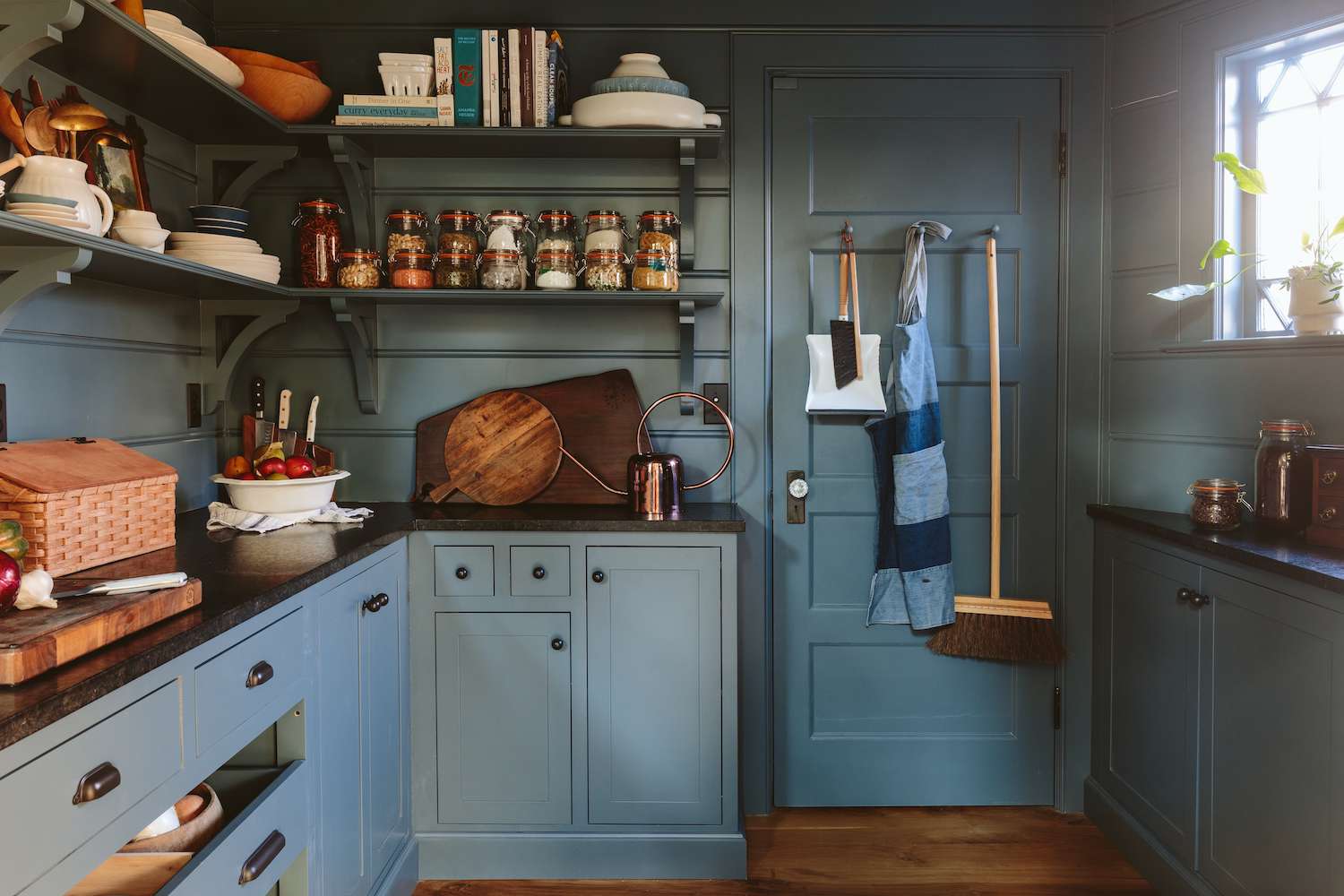
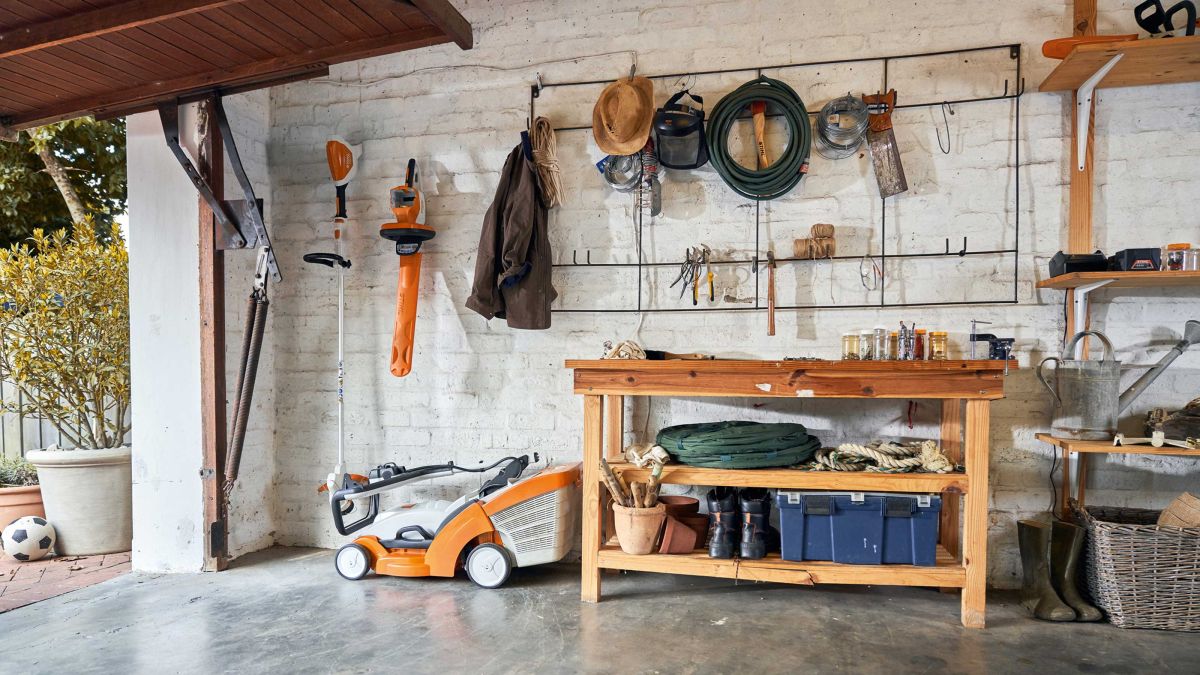


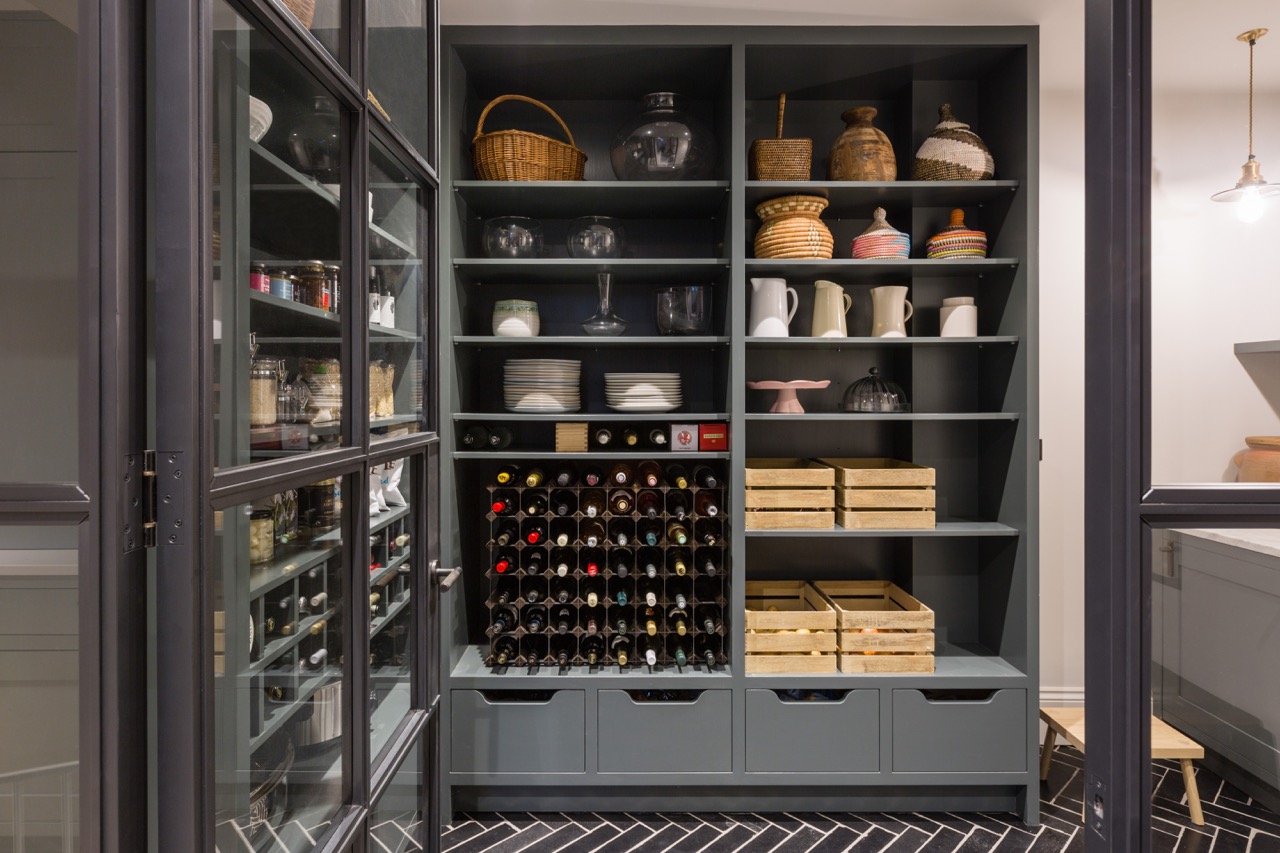
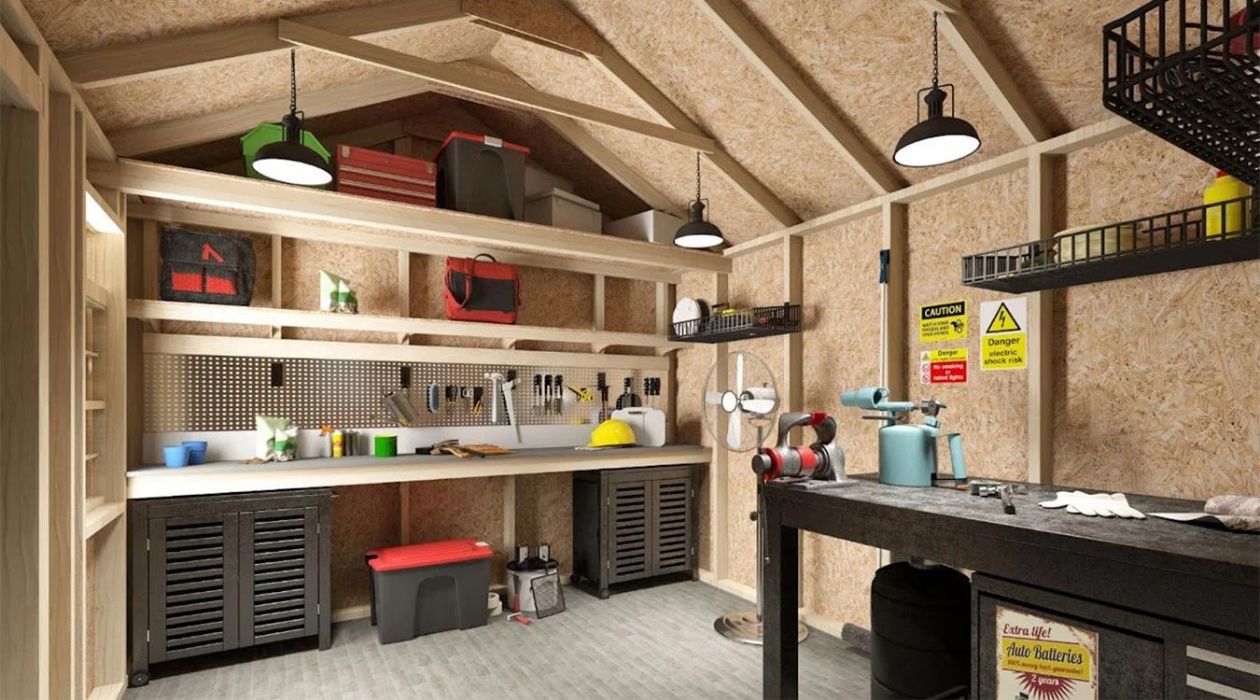
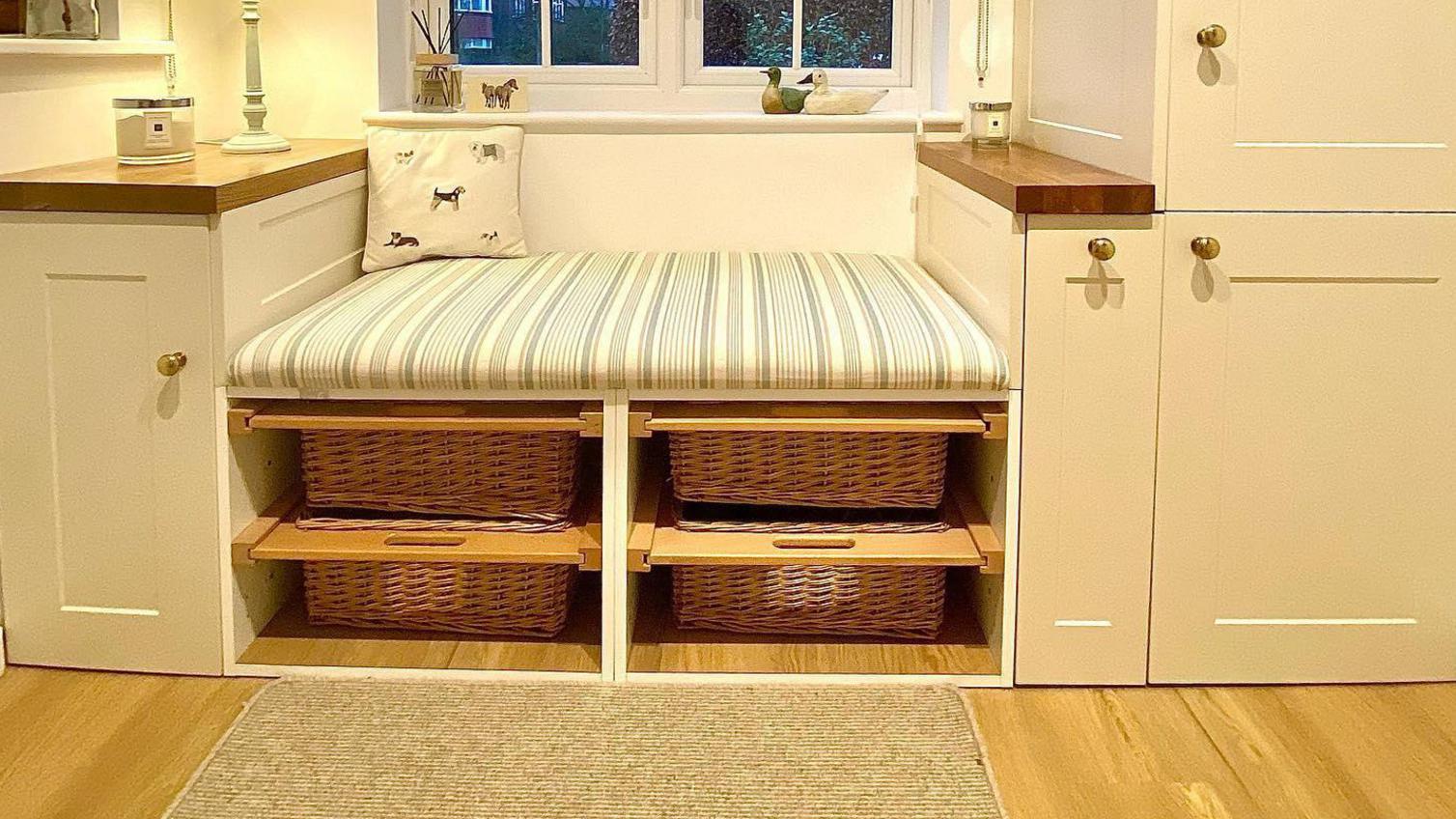
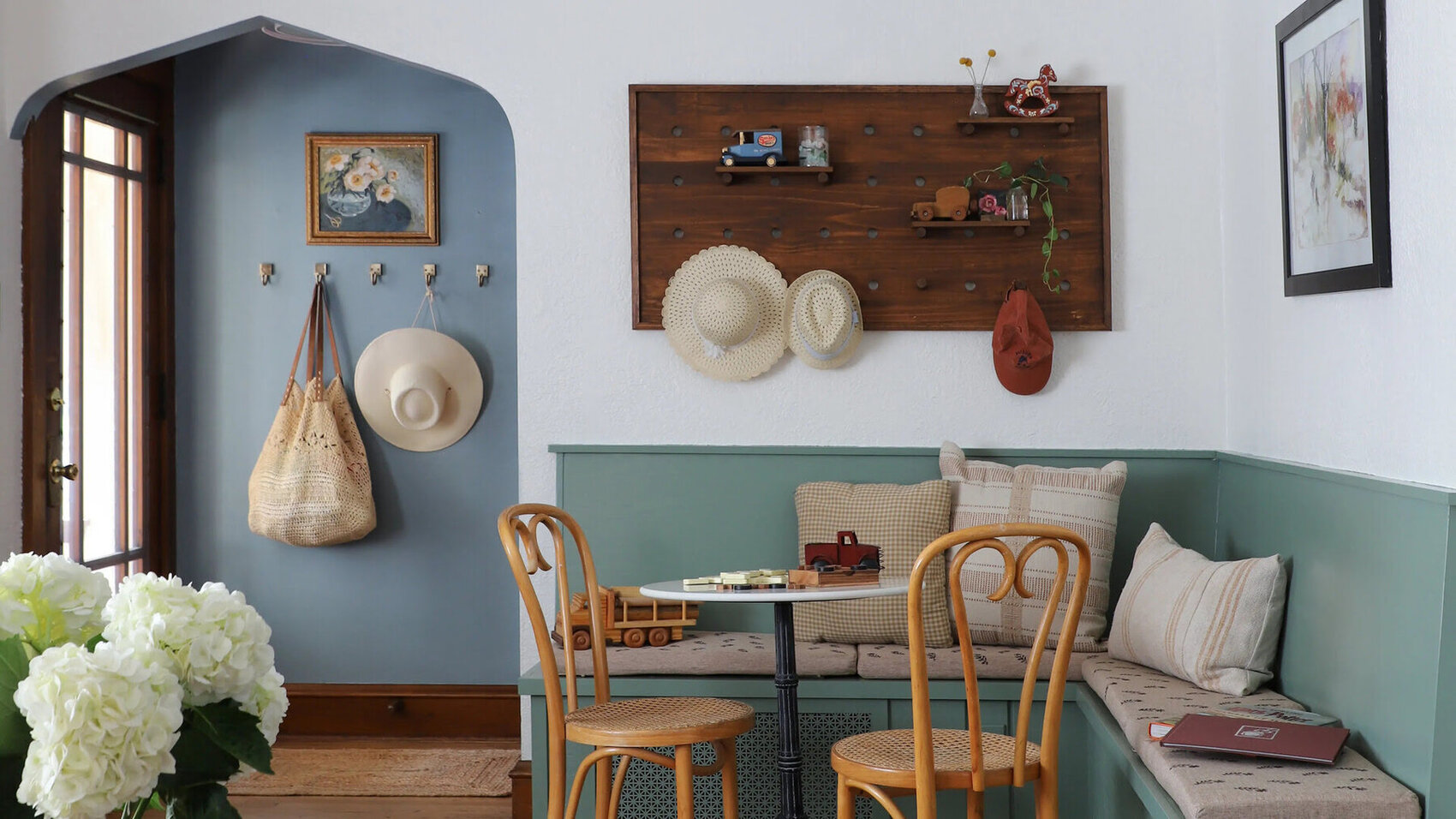



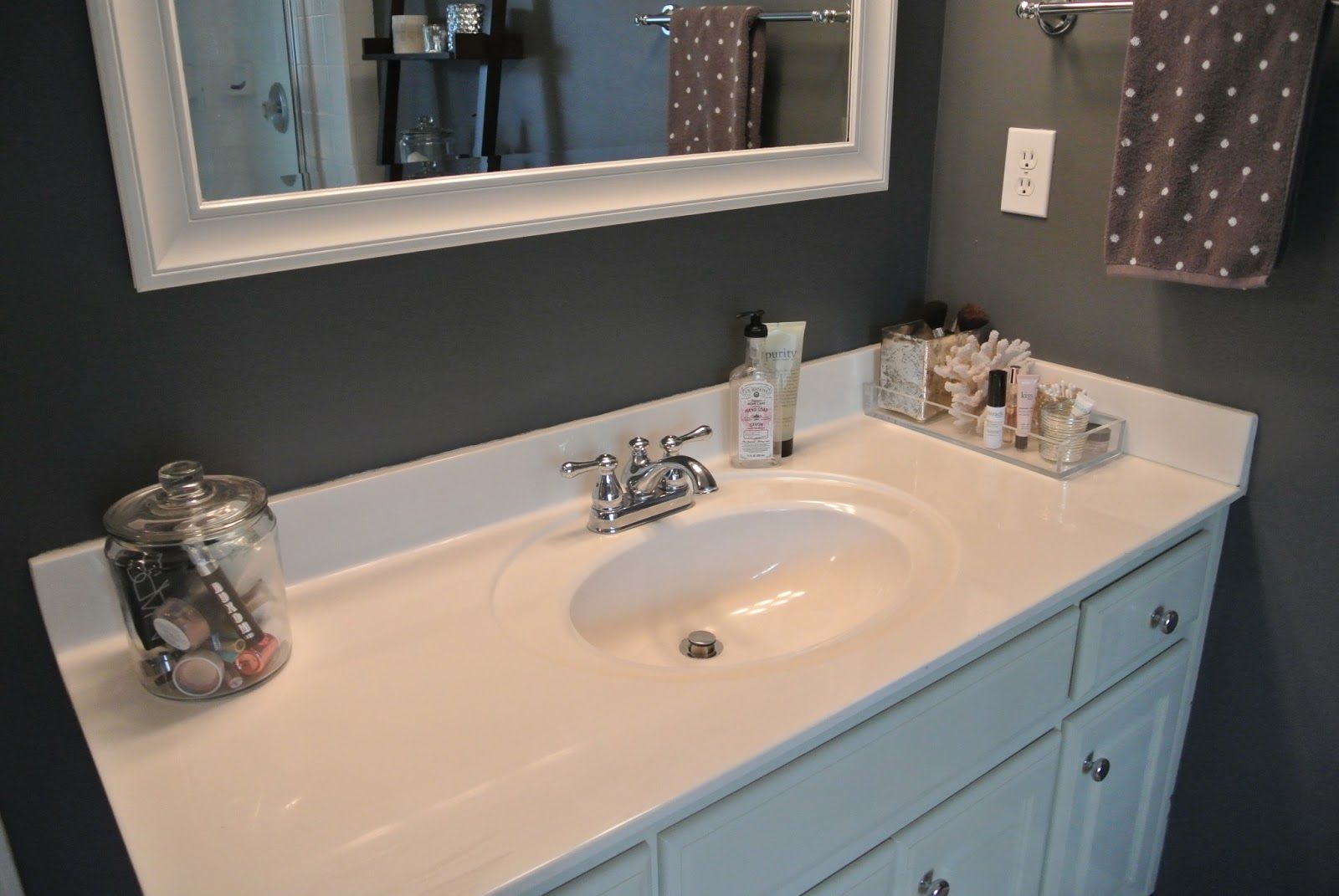
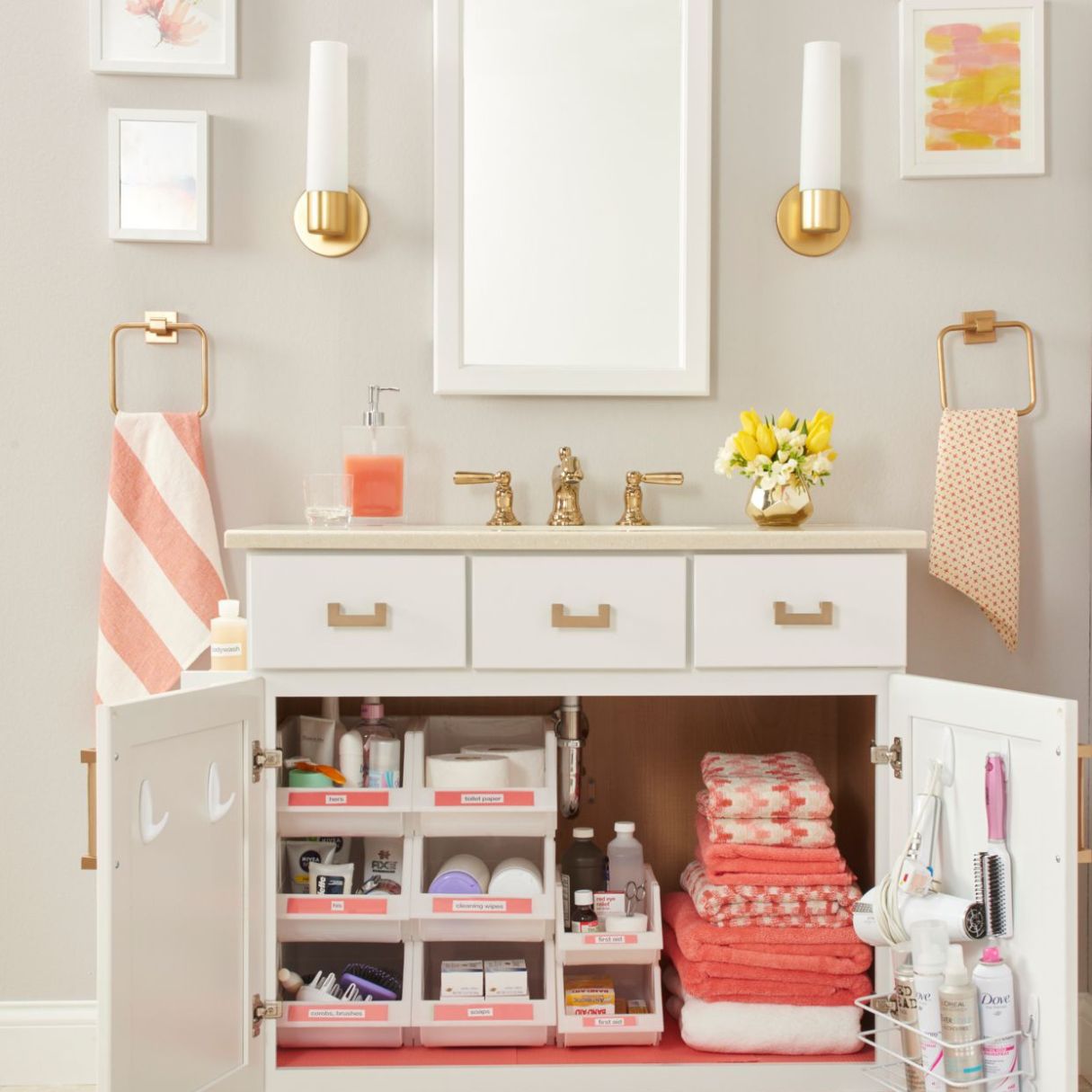

0 thoughts on “Pantry Storage Ideas: 10 Ways To Keep Your Pantry Organized”